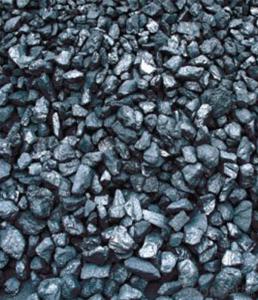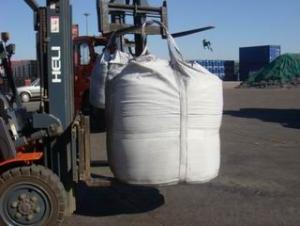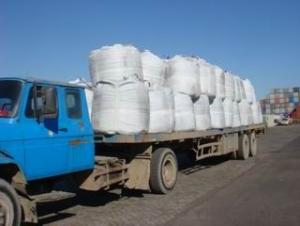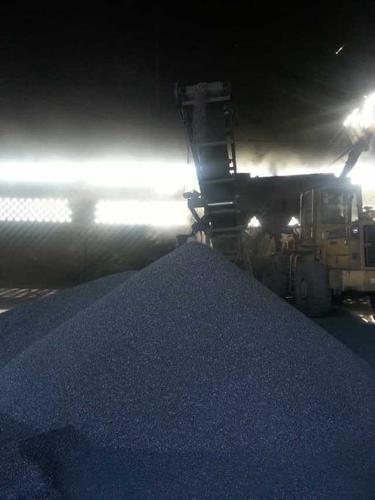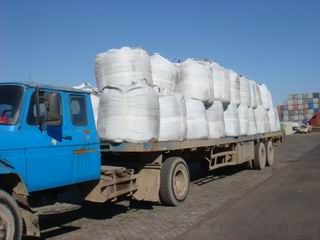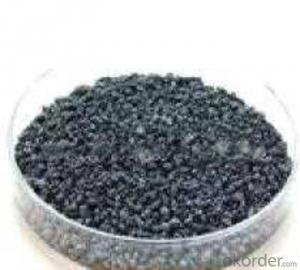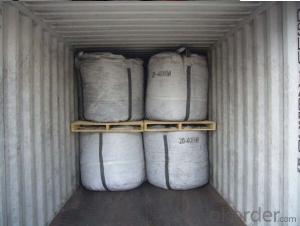FC 93Min Calcined Anthracite Coal Steel-Making Use
- Loading Port:
- Tianjin
- Payment Terms:
- TT OR LC
- Min Order Qty:
- 0 m.t.
- Supply Capability:
- 20000 m.t./month
OKorder Service Pledge
OKorder Financial Service
You Might Also Like
Specifications
Calcined Anthracite Coal
Fixed carbon: 90%-95%
S: 0.5% max
Size: 0-3. 3-5.3-15 or as request
Product Description
Calcined Anthracite coal is produced using the best Anthracite-Taixi Anthracite with low S and P, It is widely used in steel making and casting.
General Specification
PARAMETER UNIT GUARANTEE VALUE | |||||
F.C.% | 95MIN | 94MIN | 93MIN | 92MIN | 90MIN |
ASH % | 4MAX | 5MAX | 6MAX | 7MAX | 8MAX |
V.M.% | 1 MAX | 1MAX | 1.5MAX | 1.5MAX | 1.5MAX |
SULFUR % | 0.5MAX | 0.5MAX | 0.5MAX | 0.5MAX | 0.5MAX |
MOISTURE % | 0.5MAX | 0.5MAX | 0.5MAX | 0.5MAX | 0.5MAX |
Size can be adjusted based on buyer's request
Pictures
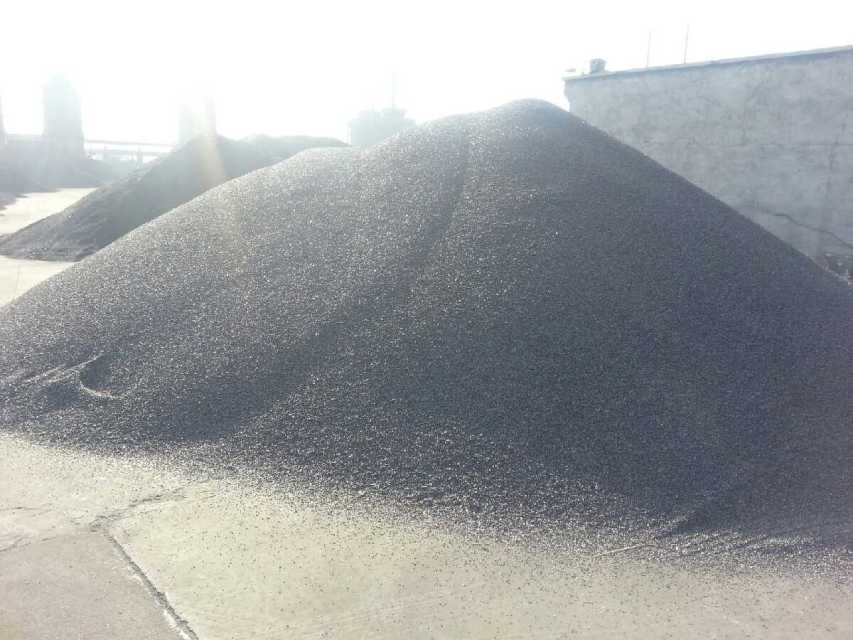
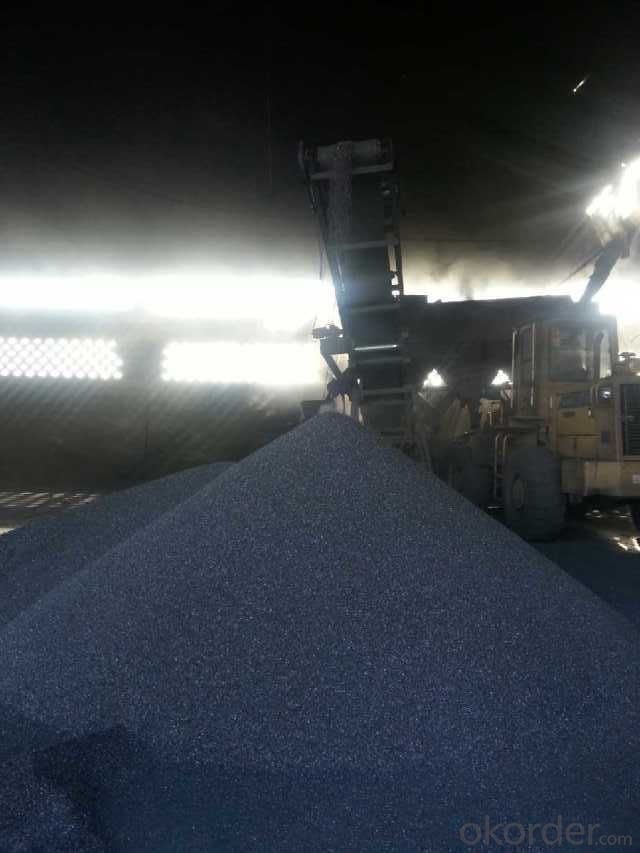
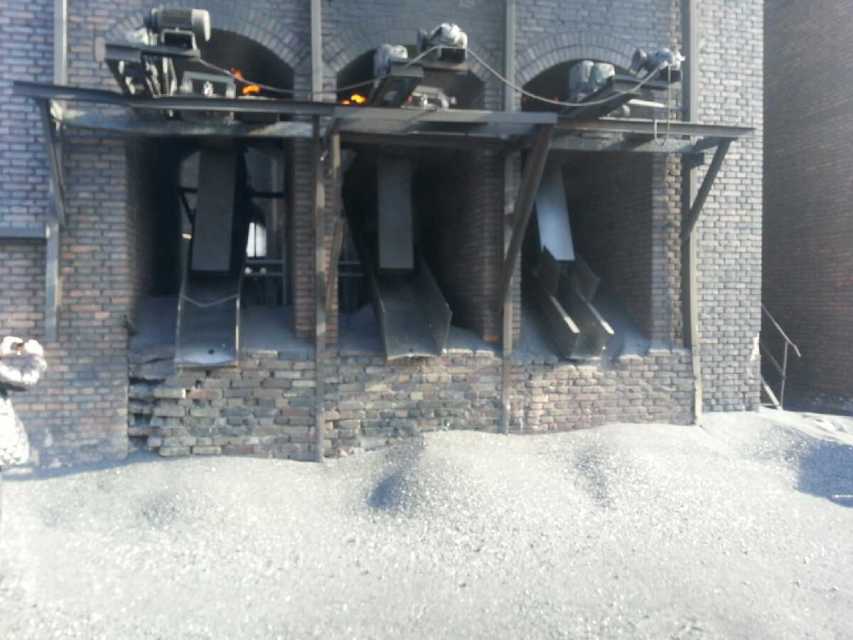
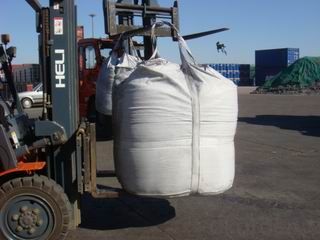
- Q: How does carbon dating work?
- The age of organic materials, such as plants, animals, and human remains, can be determined through the scientific technique known as carbon dating. This method relies on the continuous formation of carbon-14, a radioactive isotope of carbon, in the atmosphere due to cosmic rays. Carbon-14 is absorbed by living organisms through photosynthesis or consumption. The ratio of carbon-14 to stable carbon isotopes (carbon-12 and carbon-13) in the atmosphere remains relatively constant as living organisms maintain equilibrium by exchanging carbon-14 with the atmosphere through respiration or consumption. However, when an organism dies, it no longer takes in carbon-14, leading to the decay of existing carbon-14 at a predictable rate. Carbon-14 has a half-life of approximately 5,730 years, meaning that after this period, half of the carbon-14 in a sample will have transformed into nitrogen-14. By measuring the remaining carbon-14 in a sample, scientists can calculate the time that has passed since the organism's death. The carbon dating process involves several steps. Initially, a sample is collected from the organic material to be dated, which can include wood, bones, or textiles. The sample is then prepared for analysis by eliminating any impurities and converting it into a suitable form for measurement. Subsequently, the sample is exposed to a high-energy radiation source, such as a particle accelerator or a nuclear reactor. This exposure causes the carbon atoms in the sample to emit beta particles, which are small bursts of energy. These particles are detected and measured using sensitive instruments, enabling scientists to determine the remaining amount of carbon-14 in the sample. Finally, this information is utilized to calculate the age of the organic material. By comparing the ratio of carbon-14 to carbon-12 in the sample to the known ratio in the atmosphere, scientists can estimate the elapsed time since the organism's death. Carbon dating is an invaluable tool for archaeologists, paleontologists, and geologists. It allows for the accurate determination of the ages of ancient artifacts, fossils, and geological formations. This technique has revolutionized our understanding of human history and the natural world, providing us with invaluable insights into the past.
- Q: What are the impacts of carbon emissions on coral reefs?
- The impacts of carbon emissions on coral reefs are significant and detrimental. Increased levels of carbon dioxide in the atmosphere lead to ocean acidification, which disrupts the delicate balance of the reef ecosystem. Acidic conditions hinder the ability of corals to build their calcium carbonate skeletons, making them more vulnerable to erosion and bleaching. Additionally, rising temperatures caused by carbon emissions contribute to coral bleaching events, where corals expel their symbiotic algae, leading to their eventual death. Overall, carbon emissions pose a major threat to coral reefs, jeopardizing their biodiversity and ecological functions.
- Q: What is the relationship between carbon and climate change?
- The relationship between carbon and climate change is that carbon dioxide (CO2), primarily emitted through human activities such as burning fossil fuels, is a greenhouse gas that contributes to the warming of the Earth's atmosphere. The excessive release of CO2 traps heat, leading to a rise in global temperatures and subsequent climate change impacts such as melting ice caps, rising sea levels, extreme weather events, and disruptions to ecosystems.
- Q: How can I see if a battery can be used to recharge it?Can not all carbon batteries charge?
- Can not but about 4 times more than that of carbon battery alkaline batteries we usually use 5 batteries and 7 batteries into several carbon batteries alkaline batteries, carbon battery prices cheaper than half cheaper but durable alkaline battery alkaline batteries and strong power in general can reach carbon batteries are not can charge are one-time non rechargeable battery voltage both 1.5V are generally belongs to the zinc manganese batteryNo. 5 and No. 7 rechargeable battery is generally divided into two kinds of nickel cadmium battery NiMH battery is the two voltage of Ni MH battery capacity rechargeable nickel cadmium batteries so the current market is generally greater than the mountain NiCd battery has been relatively rare these two batteries each day is 1.2V can be chargedNote that our commonly used mobile phone lithium battery voltage is generally about 3.6 to 3.7V, or 3.6 multiples, so do not make the No. 5 or 7 batteries
- Q: Why vegetarianism can reduce carbon emissions?
- That is to say, when the level of the food chain is more, the carbon emissions are more natural; while the human eating vegetarian diet is the shortest food chain, which has the least carbon emissions
- Q: What are the alternatives to fossil fuels for energy production?
- Renewable energy sources such as solar, wind, hydroelectric, geothermal, and biomass are considered as alternatives to fossil fuels for energy production. These sources provide a sustainable and cleaner option, as they do not contribute to greenhouse gas emissions and are replenishable.
- Q: What are some natural sources of atmospheric carbon emissions?
- Some natural sources of atmospheric carbon emissions include volcanic eruptions, forest fires, and decomposition of organic matter. Volcanic eruptions release large amounts of carbon dioxide and other greenhouse gases into the atmosphere. Forest fires also release carbon dioxide when trees and vegetation burn. Additionally, the decomposition of organic matter such as dead plants and animals in forests, wetlands, and oceans produces carbon dioxide as a natural byproduct. These natural sources of atmospheric carbon emissions have been occurring for millions of years and play a crucial role in the carbon cycle, which helps regulate Earth's climate.
- Q: What should I do when carbon monoxide leaks?
- Be careful not to let their affected by the cold, otherwise, may make the body temperature decreased cardiac arrest. If the poisoned person can drink, can feed the hot tea and sugar, to keep warm, cold towel head can not be used, but can not pour cold water. Poisoning breathing difficulties or just stop breathing, artificial respiration should be immediately closed chest cardiac massage or first aid, and to call the ambulance the unit, or ask the neighbors to help, send the patient to the hospital for treatment.
- Q: What is the role of carbon in organic chemistry?
- Organic chemistry heavily relies on carbon, a fundamental element that plays a crucial role in the structure and function of organic compounds. Its exceptional ability to form stable covalent bonds with both carbon and a wide range of other elements leads to the immense diversity of organic molecules found in nature. Carbon's capacity to bond with itself and other elements allows for the creation of long chains, branched structures, and ring systems, resulting in the complex and distinctive shapes characteristic of organic compounds. In the realm of organic chemistry, carbon acts as the foundation for many vital biomolecules essential for life, such as carbohydrates, lipids, proteins, and nucleic acids. It serves as the basis for the structural variety and intricacy observed in living organisms. Additionally, carbon's ability to form multiple bonds and its tetrahedral geometry contribute to the versatility of organic compounds, enabling the presence of various functional groups like hydroxyl, carbonyl, amino, and carboxyl groups. Moreover, carbon's aptitude for undergoing chemical reactions, including oxidation, reduction, addition, substitution, and elimination reactions, holds significant importance in organic chemistry. These reactions are fundamental for synthesizing and modifying organic compounds, facilitating the creation of new molecules with specific properties and functions. Carbon's central role in organic chemistry extends further to the study of reaction mechanisms, stereochemistry, and comprehending the behavior and reactivity of organic compounds. In summary, carbon's exceptional properties and its capacity to form stable covalent bonds with other elements serve as the cornerstone of organic chemistry. Its presence allows for the vast array of organic compounds that exist, while its participation in chemical reactions enables the synthesis and manipulation of these compounds. Without carbon, the field of organic chemistry and the study of life's fundamental building blocks would be impossible.
- Q: What is sintered carbon?
- Sintering is the process of converting powder materials into dense bodies, which is a traditional process. People have long used this process to produce ceramics, powder metallurgy, refractory materials, super high temperature materials and so on. Sintered carbon is the carbon produced by this process.
Send your message to us
FC 93Min Calcined Anthracite Coal Steel-Making Use
- Loading Port:
- Tianjin
- Payment Terms:
- TT OR LC
- Min Order Qty:
- 0 m.t.
- Supply Capability:
- 20000 m.t./month
OKorder Service Pledge
OKorder Financial Service
Similar products
Hot products
Hot Searches

